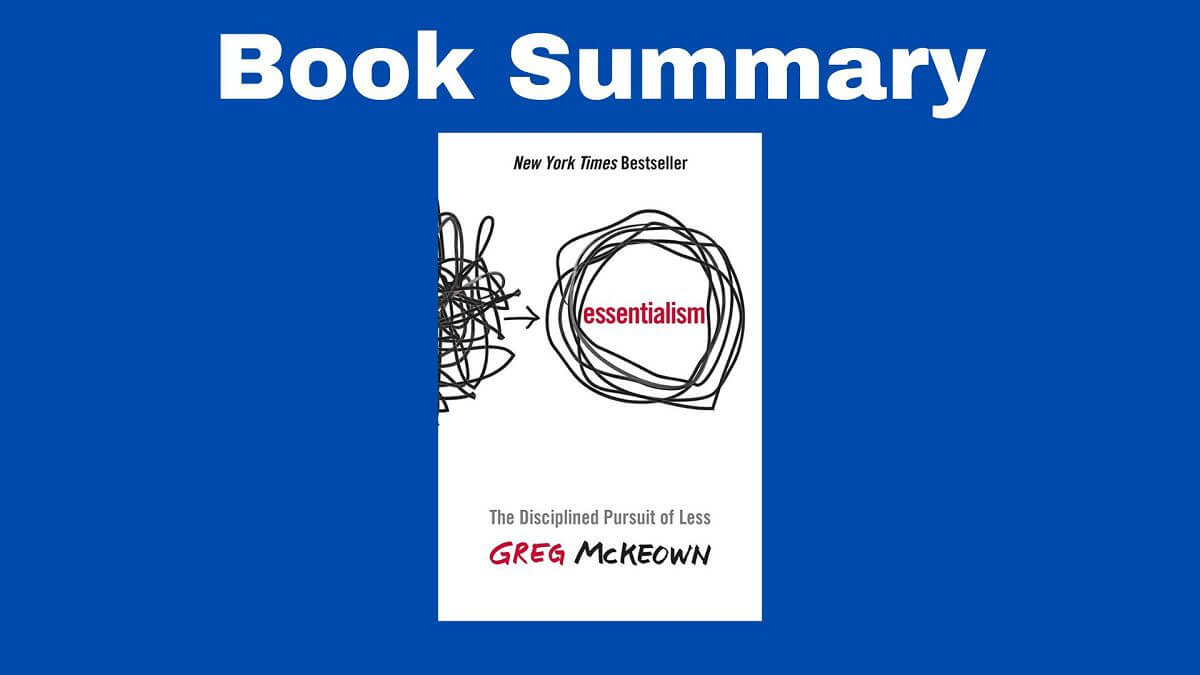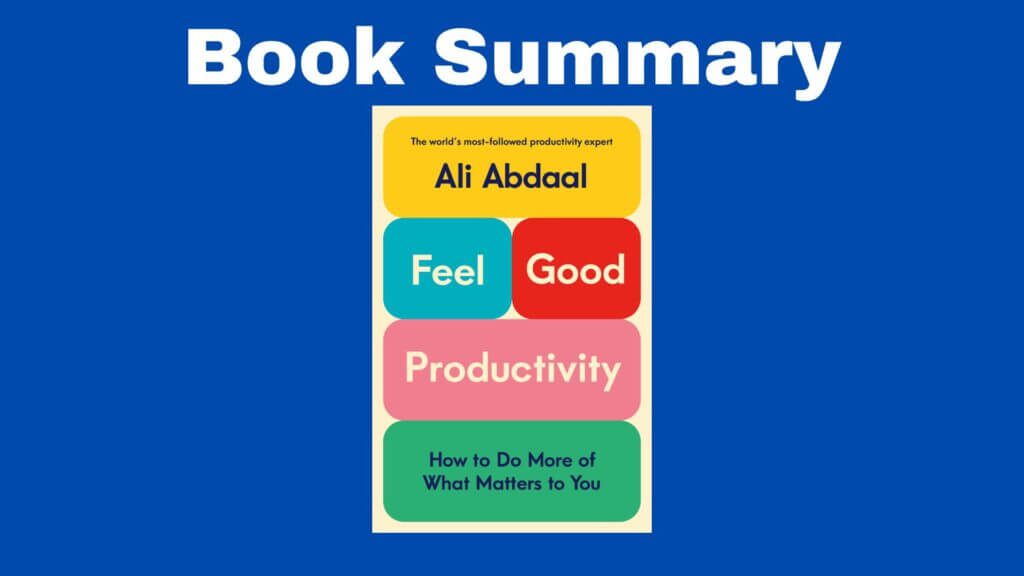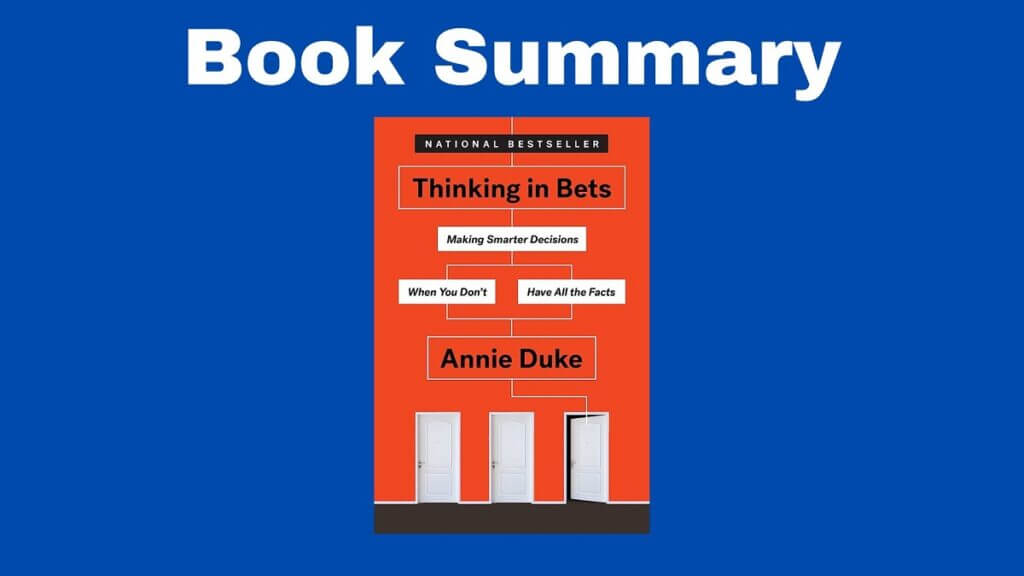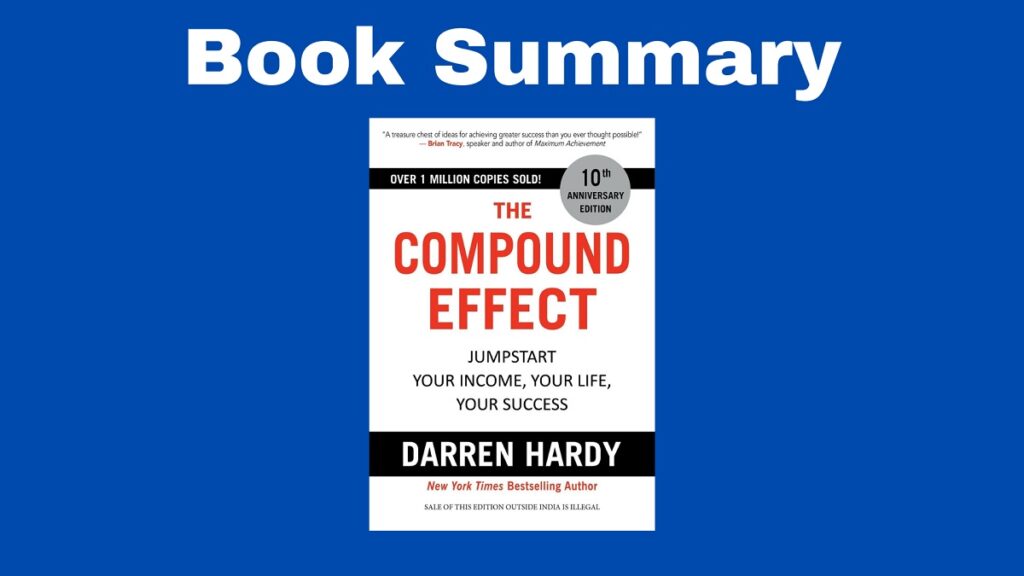The Book in Three Sentences
In this book summary of Essentialism, you’ll learn a discipline that teaches you to identify what’s essential, eliminate everything that isn’t, and make the highest contribution toward what matters the most. Being an essentialist involves having selective criteria to pursue less but achieve more. Essentialism isn’t another thing you add but an operating system that helps you do everything.
Essentialism Summary
Chapter 1: The Essentialist
Saying yes to most requests without thinking about them makes us unfocused. It also increases our stress while it decreases the quality of our work. But what if we only did the things that we consider essential and ignore everything else? Naturally, this involves saying no to everything that isn’t the most important thing. So unless it’s a definitive yes, the default answer should be a no. As a result, we can concentrate on one project at a time, be thorough, anticipate problems, and work on the right things.
As soon as we stop trying to do everything, we can make the most meaningful contribution to what’s important. Most of the things around us are noise and few are essential. At its core, essentialism is about less but better, so you should identify the right things and do them. Instead of dividing your attention into numerous activities, an essentialist laser-focuses his or her energy into fewer things. Essentialists live by design rather than by default.
We must prioritize our life or else someone will prioritize it for us. When you can’t distinguish between the vital few and the trivial many, everything seems important. The most important question you can ask yourself is “What would happen if I could figure out the one thing I could do that would make the highest contribution?”
The paradox of success has four phases:
- Having clarity of purpose leads to success
- Having success leads to more options and opportunities
- Having more options and opportunities demands more of your time and attention
- We’re distracted
Why are most people non-essentialists? The answer comes down to three things: we have more options than ever, there’s too much social pressure, and we think we can have it all.
Part I: Essence: What Is the Core Mind-Set of an Essentialist?
Chapter 2: Choose: The Invisible Power of Choice
We always have the ability to choose. The question “If you could only do one thing, what would it be?” can change the trajectory of your life. But by sacrificing your power to choose, you make bad choices by default. Our options aren’t always up to us, but no one can take away our ability to choose. Unfortunately, we often forget that we can choose. An essentialist should be aware of their ability to choose because this is an invincible power.
Chapter 3: Discern: The Unimportant of Practically Everything
From a very young age, people are taught the value of hard work. But there’s a way to do less and produce better outcomes. Most people are familiar with the Pareto Principle a concept developed by Vilfredo Pareto that states that twenty percent of our efforts lead to eighty percent of the results. But few know Joseph Moses Juran’s Law of the Vital Few, a process that focuses on improving the few things that are considered vital. Discerning the “trivial many” from the “vital few” is important and it applies to everything in life. In fact, some go as far as to say that some efforts produce better results than others. This is called The Power Law.
Chapter 4: Trade-Off: Which Problem Do I Want?
When you make tradeoffs by design rather than by default, you’re clear on what you want from the outset. Saying yes to something, by definition, means saying no to many other things. Making these hard choices is something we have to do ourselves because otherwise, someone will do it for us. This is made easier when we understand what we value most. You’ll still have to make hard decisions, but at least you have a clear sense of what’s essential. You can avoid these trade-offs all you want, but you can never escape them completely because doing so will lead to poor results.
In an ideal world, we’d say yes to everything, but since we can’t, what we can do instead is narrow down our trade-offs by asking ourselves “What problem do I want?” As difficult as it sounds, we can’t ignore trade-offs, so the best way to deal with them is to embrace them deliberately.
Part II: Explore: How Can We Discern the Trivial Many from the Vital Few?
Chapter 5: Escape: The Perks of Being Unavailable
Being unavailable in today’s hyperconnected world can be an asset because we can use that time to think about what matters. Nowadays, we can’t get that space by default but by design, so we must create those moments ourselves because they allow us to step back and look at things from a different perspective.
Chapter 6: Look: See What Really Matters
Being too focused on small details prevents us from seeing the bigger picture. Seeing the dots is useless if we can’t find a way to connect them and make sense of what they all mean when we put them together. But how do you filter the essential from the nonessential? First, we must observe and listen intently ignoring all the noise. To that effect, we can journal, pay attention to unusual details, and clarify questions.
Chapter 7: Play: Embrace the Wisdom of Your Inner Child
Bringing back play to our daily lives can have powerful effects. When we’re children, we play often. But at some point in our lives, we get the sense that playing is unimportant and this often happens at school. By the time we get to the workplace, people no longer play anymore and there’s no room for exploration and creativity. Play can improve your health, relationships, and creativity though which makes it even more meaningful.
For an essentialist, play is important in three ways. First, it helps us see all the possibilities. Second, play cures stress. Third, play involves planning, prioritizing, scheduling, anticipating, delegating, deciding, and analyzing. In other words, play teaches us all the skills from the business world. To reintroduce play to our life, we can think about the activities that energized us as a kid so that we can recreate them today.
Chapter 8: Sleep: Protect the Asset
Our greatest asset is ourselves. The most common way in which people damage this asset is by not sleeping enough. We have a tendency to easily give up sleep, but this has terrible consequences on our health and productivity. Not only does sleeping restore our body but also our brains which is great for problem-solving and creativity.
Chapter 9: Select: The Power of Extreme Criteria
A powerful selection tool is Hell Yeah or No, a simple technique Derek Sivers came up with. The idea is that unless you can agree to do something with unwavering conviction, the default answer is no. This is a practical way of getting rid of all the clutter and making space for better things.
Another tool you can use is the 90 Percent Rule where you implicitly rank your options on a one to ten scale and get rid of all the things that ranked lower than ninety percent. In other words, anything that scored lower than ninety might as well be a zero. By definition, you’re ignoring everything that’s good enough, but you make up for it by selecting options that are almost perfect. This ultra-selective process might sound severe, but it’s also a great way to avoid committing to more options we can handle. Also, scoring things lets us think about decisions rationally rather than emotionally.
To identify good career opportunities, you can use the following Venn diagram

The point where the three variables overlap represents the best career opportunities.
Part III: Eliminate: How Can We Cut Out the Trivial Many?
Chapter 10: Clarify: One Decision that Makes a Thousand
Having a clear sense of purpose is inspiring. The easiest things to eliminate are those that misalign with said purpose. Having vague goals is confusing, stressful, and frustrating. Having clarity, on the other hand, is encouraging.
For this purpose, companies need an essential intent
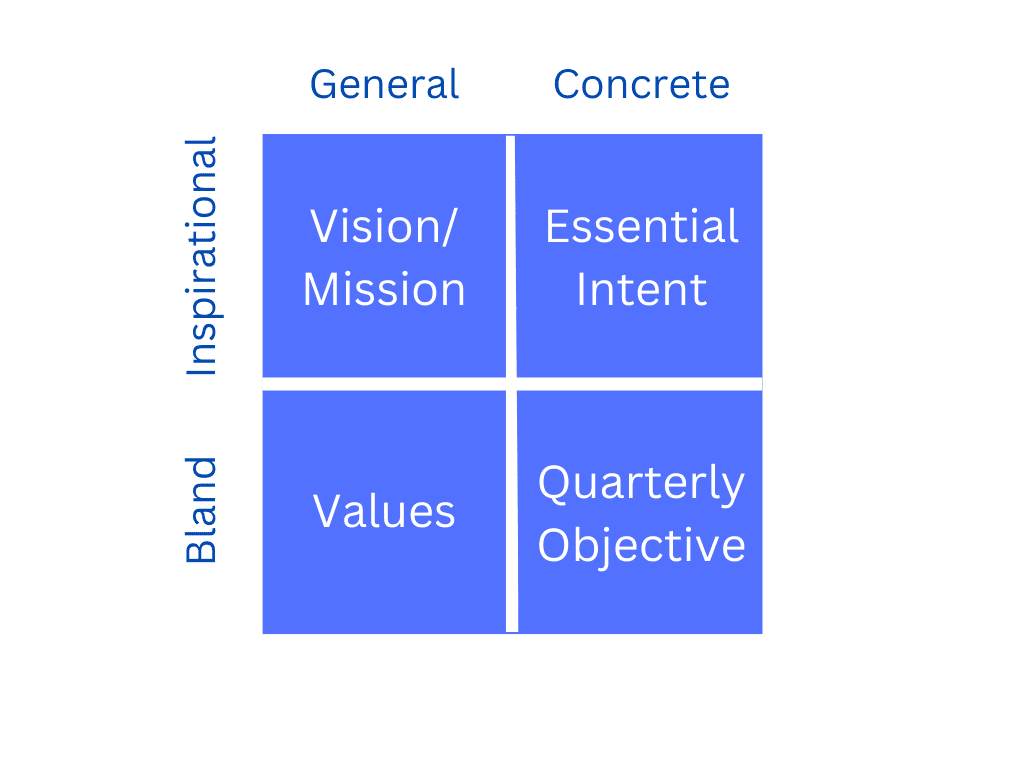
The essential intent is both inspirational and concrete in the sense that making a decision, naturally eliminates all the others.
Chapter 11: Dare: The Power of a Graceful “No”
This is how we can say no:
- Use an awkward pause
- Say a soft “no” (or a “no but”)
- Use your calendar as an excuse to decline
- Use email auto responses
- Agree, but ask your superior about the thing you should deprioritize
- Say “no” with humor
- Say “no”, but also say what you’re willing to do to help the person
- Point toward someone else who might be interested
Chapter 12: Uncommit: Win Big Cutting Your Losses
When you do something that fails, learn from the experience and move on. Consciously investing in a losing proposition is called sunk-cost bias. We must identify sunk-cost biases in our life and cut out losses instead of putting time and effort into them.
Chapter 13: Edit: The Invisible Art
Film editing is also called the “invisible art” because editing is about getting rid of everything that’s irrelevant so that you can always see what’s important. When you edit your own life, you gain focus and you give energy to the things that are essential.
These are the four principles of editing that we can use in our lives:
- Remove all the options: get rid of all the good so that you can focus on the better
- Condense: be as clear and concise as possible so that there’s less waste
- Correct: making corrections to focus on our core purpose
- Edit less: don’t create everything and show restraint from time to time
Chapter 14: Limit: The Freedom of Setting Boundaries
There are no boundaries in the non essentialist era, so we must set boundaries ourselves. While uncomfortable in the short term, setting boundaries pays off in the long term. When someone doesn’t respect boundaries, they distract us from our goals, so we must redirect our time and attention to what’s essential to ourselves.
To do so:
- Let people work on their own problems
- Remember that boundaries are liberating
- List your deal breakers (the activities or requests you refuse to do)
- Work on a social contract with other people
Part IV: Execute: How Can We Make Doing the Vital Few Things Almost Effortless?
Chapter 15: Buffer: The Unfair Advantage
The world’s unpredictable and unexpected events will happen. Instead of waiting for such moments and reacting to them as they unfold, prepare for them. We do this by creating a buffer, or something that prevents two things from harming each other. For example, the space between cars driving on the same road is a buffer. In the real world, a buffer comes in the form of extra time you give yourself to do something so that you don’t have to rush during the final stretch and the quality of your results doesn’t suffer. Hoping for the best-case scenario isn’t enough, so you have to plan ahead.
Chapter 16: Subtract: Bring Forth More by Removing Obstacles
Identify the thing that’s holding you back the most in life and address that first. So don’t react to problems as they come up. Instead, take your time identifying the obstacles that, if fixed, benefit you the most. Instead of doing more, removing more is the action that will bring better results. While it’s easier to think of action as adding rather than subtracting, removing constraints leads to better results.
To determine which obstacles we need to get rid of:
- Be clear about your outcomes
- Identify the biggest obstacle
- Remove the obstacle in question
Chapter 17: Progress: The Power of Small Wins
When doing something, start small. As you get big results, celebrate your progress. This motivates you to keep working and the entire process soon becomes a virtuous circle of good work. Having large ambitions right from the get-go, on the other hand, might lead to abandoning your project altogether.
Small wins create momentum and they’re often so simple and effortless that you don’t mind doing them. Before you know it, you might hit a significant breakthrough. To others, this breakthrough will look like an overnight success, but to you, it’s a series of small wins over a long period of time. So start small. Dedicate a few minutes every day to a project or use visual rewards to make progress.
Chapter 18: Flow: The Genius of Routine
The power of having a routine can’t be overstated. While you still have to work hard, having a routine leads to greater results. The best part is that a routine features everything that’s essential, so once you start, you execute everything on autopilot. You put in some effort to start and the rest will take care of itself and the more you do it, the easier it becomes.
Starting positive habits (or giving up bad ones) is hard. Habits have three main components: a cue, a routine, and a reward. The cue works as a trigger that informs your brain to go into autopilot. The routine is the behavior itself. Finally, the reward is what you get out of doing the habit. The best way to change a habit is by identifying the cue. Once you do, you can replace a bad habit with a good one. Alternatively, you can always start the day by doing the most difficult task first.
Chapter 19: Focus: What’s Important Now?
Life isn’t about what’s coming up next. To fully experience life, you have to be present and focused. Being present is easier than it seems because you don’t have to waste time thinking about what happened or about what might happen. We can’t control the past or future, but we can control our actions in the present moment.
Essentialists don’t try to do more than one thing at a time, so multi-focusing is out of the question. The author says that while we can do two things simultaneously (such as driving while listening to the radio), we can’t focus on two things at the same time. To avoid this, figure out the most important thing now and do it, ignore the past and future, and prioritize.
Chapter 20: Be: The Essential Life
Essentialism isn’t something you do, but something you are. In other words, essentialism isn’t another thing you add to your already busy life, it’s a lifestyle, an operating system of sorts that gives you a series of guidelines to live your life. The philosophy of “less but better” reflects in the lives of numerous historical figures, such as Steve Jobs, Michael Jordan, Warren Buffet, and Henry David Thoreau, among others. We must embrace essentialism until it becomes habitual and the nonessential part of us is almost nonexistent. Our goal is to live a life of meaning and purpose and that involves focus and saying no to most opportunities. The more you practice essentialism, the easier it gets. Practicing essentialism is a choice, but it’ll give you clarity, control, and joy.
Further Reading
If you enjoyed this book summary of Essentialism, you might also like the following summaries:

